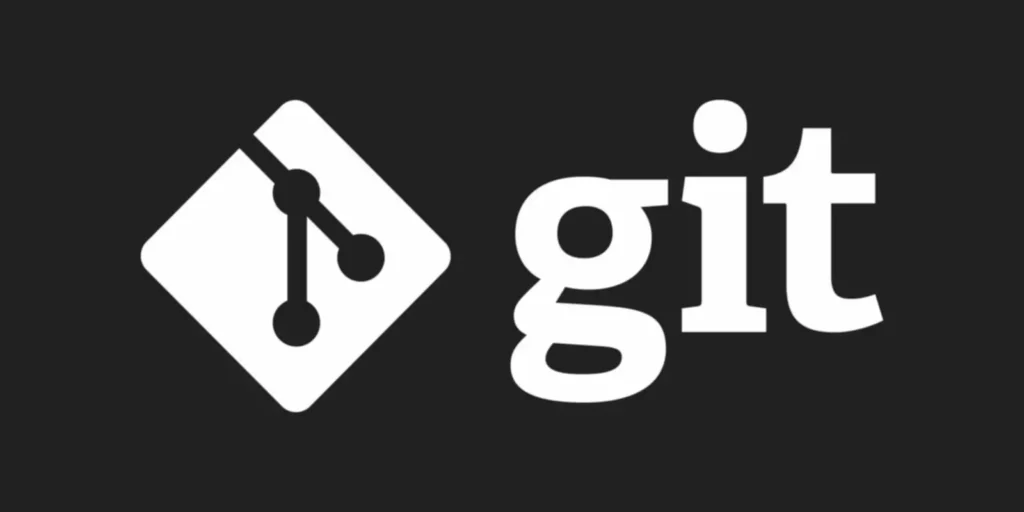While microservices offer quite a few benefits when it comes to scalability and agility, they also come with their own set of challenges. For DevOps engineers, implementing microservices brings its own sdlc software set of challenges and alternatives. Microservices are an architectural type that constructions an application as a set of small, autonomous providers. Each service sometimes operates in its own course of and communicates with other services via APIs. Microservices are designed to be small, focused, and loosely coupled which permits for flexibility and scalability.

By following this course of, groups be sure that the software program meets stakeholder necessities and adheres to their organization’s requirements for high quality, security, and compliance. The planning phase establishes the targets and scope of a software development project. Throughout the project planning stage, the software program development group brainstorms basic, high-level ideas in regards to the project. Importantly, groups also establish what’s not wanted to forestall the project from becoming too bloated. Defining the specific SDLC phases ensures that development is organized and executed successfully, leading to high-quality software that meets user necessities. Following a structured method, development teams can scale back dangers, optimize sources, and produce software that aligns with business goals– all inside a reasonable timeframe.

What’s Sdlc? Advantages, Phases, Plans + Greatest Tools
The SRS contains all practical and non-functional requirements, from system performance must security expectations, guaranteeing each stakeholder’s wants are comprehensively documented. A well-structured SDLC helps growth groups deliver high-quality software quicker and more efficiently. Though SDLC methods differ by group, most improvement teams use SDLC to guide their initiatives. In the world of software improvement, completely different methodologies serve as structured approaches to information the process of making and delivering software program. These methodologies shape how groups plan, execute, and manage their initiatives, impacting components such as flexibility, collaboration, and efficiency. Building great software is a giant problem, and development teams depend on the software program development lifecycle (SDLC) to help them succeed.
The Waterfall model of the software development life cycle is amongst the industry’s most established and simple approaches. The final part of the software program growth life cycle is the maintenance section, which begins the moment the software is launched and continues indefinitely. With data safety and privacy a rising concern for businesses, the software improvement life cycle is designed to deal with these concerns with reliable options.
Every phase entails planning, requirements, gathering, designing, implementation, testing, and evaluate https://deveducation.com/. The SDLC is essential as it offers a repeatable and standardized process that helps growth teams perceive necessities, plan accurately, and execute effectively. By adhering to the phases of the SDLC, groups can predict outcomes more precisely, handle adjustments smoothly, and deliver software that meets or exceeds customer expectations. This lifecycle not only aids in maintaining software but also in its systematic enhancement and adaptation in response to new challenges and applied sciences. Due to growing cyberattacks and security breaches, improvement teams are under stress to improve application safety.

In rugby, a scrummage is a approach to restart play after possession of the ball has been misplaced that depends on clear communication between gamers working in unison. In the agile framework, scrum also asks staff members to behave as cohesive units that necessitate teamwork and open collaboration. The software development life cycle (SDLC) is a step-by-step course of that development groups use to create high-quality, cost-effective and secure software program. The agile methodology produces ongoing launch cycles, each that includes small, incremental changes from the previous launch. The agile model helps teams establish and tackle small points in initiatives earlier than they evolve into extra significant issues.
The Stages Of Sdlc
In many cases, corresponding to in agile, V-shaped and spiral models, continuous testing (CT) is employed as a half of the mannequin and code is examined throughout the development course of (not simply at the end). There are several SDLC fashions that can be used to guide the development course of. The choice of mannequin depends on the particular wants of the project, the complexity of the system, and the preferences of the development group. Microservices architecture is a method of developing software program applications as a collection of small, autonomous providers.
- That’s why each phase is crucial for producing a reliable software product.
- It focuses on creating software products that meet or exceed the customers’ expectations.
- Practical time and useful resource estimation.Precisely estimating the time and assets needed is vital to keeping the project on schedule and within price range.
- Additionally, it’s better to adapt SDLC rules to achieve software improvement targets effectively.
- When the developed software program utility is examined and all the bugs or errors are eliminated, it’s time to deploy the appliance.
- It serves as the backbone of software program creation, making certain that the top product just isn’t only functional but additionally meets the very best standards of quality and satisfies person necessities.
What Is A Software Growth Life Cycle?
Then, they iteratively improve variations over time till the whole software program is prepared for production. A software improvement lifecycle (SDLC) mannequin conceptually presents SDLC in an organized fashion to assist organizations implement it. Totally Different models organize the SDLC phases in varying chronological order to optimize the development cycle. In conclusion, we now know that the Software Development Life Cycle (SDLC) in software engineering is an important framework for the higher and more structured growth of optimized software programs.
A simplified method to put it’s that DevOps takes the steps of the SDLC and reconfigures them to create a continuous cycle for software program development and improvement. The objective of a lean model is to constantly improve enterprise processes during growth. This model is all about effectivity and hitting necessary short-term objectives, iterating on the process after each step to cut out bloat. Regardless Of thorough testing, there are always unanticipated fixes, new use circumstances and software program optimizations that should be addressed postdeployment. Ongoing maintenance and assist are essential to safeguard the longevity of any given piece of software. Suppose of it like remodeling a house—over time, small pieces will be misused or break down and must get replaced and hopefully, improved.
Upkeep Part
Steady maintenance ensures that the software stays useful and related over time. In this article, we’ll stroll through the totally different phases of the SDLC, discover numerous SDLC models, and offer insights on choosing the right model for your project. Moreover, we’ll spotlight how Jira, an industry-leading project administration tool, may help streamline the SDLC course of. The System Design phase involves creating an in depth design of the system based on the requirements gathered in the previous part. This phase focuses on defining the structure, parts, modules, interfaces, and data for the system.
After training, systems engineers and developers transition the system to its production environment. During this step, present priorities that would be affected and how they want to be handled are thought of. A feasibility research determines whether or not creating a model new or improved system is suitable. This helps to estimate costs, benefits, useful resource requirements, and specific person needs. The Implementation phase includes writing the code for the system based mostly on the design specs. Uber adopted a microservices structure to improve the efficiency and reliability of their app.
Are the project necessities clearly outlined, or prone to change in the course of the improvement process? Answering these questions might help stakeholders select essentially the most appropriate model for a project. AI tools are often used during software program testing—for occasion, to generate take a look at cases and analyze patterns in take a look at failures.
Every cycle produces a working version of the system, which is then refined and improved in subsequent cycles. The Deployment section includes releasing the system to the production setting and making it available to end-users. This section focuses on guaranteeing a easy transition from improvement to manufacturing. By following these key rules of microservices, DevOps engineers can construct sturdy, versatile, and scalable purposes that can adapt to the ever-changing calls for of contemporary software improvement.


